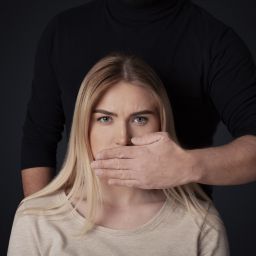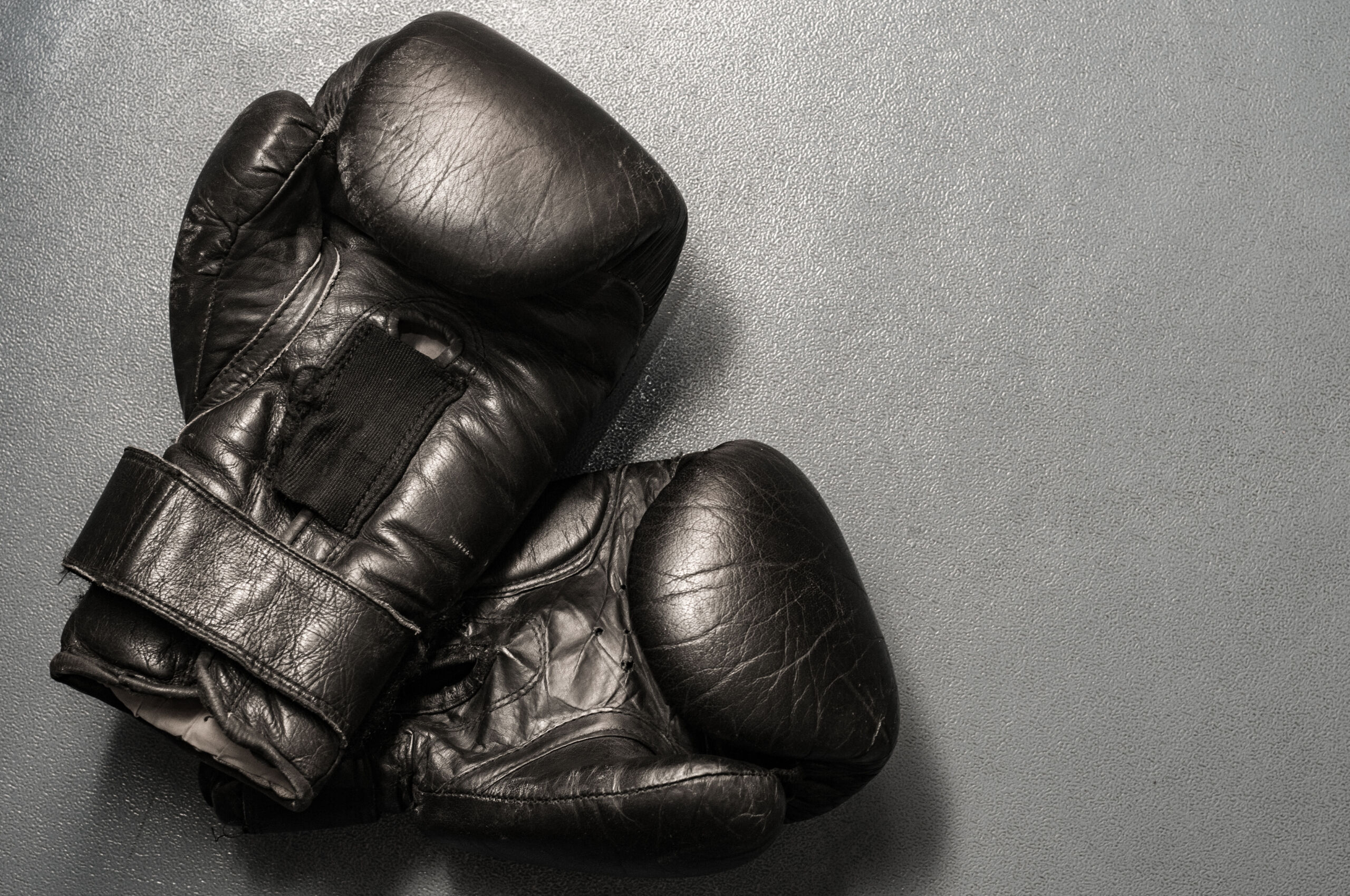
TW: Discussions of Self-Harm
Self-Abuse can be defined as any behavior that causes damage or harm to oneself. This type of abuse has many different terms and may be more commonly referred to as self-harm, self-injury, or even non-suicidal self-injury (NSII). Individuals who self-harm do so to release painful emotions which can develop into a coping mechanism in situations of extreme distress.
Self-Abuse can be done for many different reasons and in different ways. Individually, we need some way to process complex situations and emotions, and individuals who self-harm have found that hurting themselves is currently their best way to cope. Psychologists suggest that the primary reason for self-harm is to manage distressing emotions. This may also be because it allows them to distract themselves from negative feelings, feel something physical (especially if they’re feeling “numb”), or even punish themselves for what they think they’ve done wrong. Common Self-Harm actions include: cutting, scratching, burning, biting, pulling hair, picking old wounds, and even hitting or punching oneself.
Young people are more likely to Self-Harm, but it can occur in adults as well. A 2018 study found that out of 64,000 teens, over 18 percent had purposely injured themselves. It is important to recognize the warning signs of Self-Abuse because though the intent is generally not death, it can be very dangerous physically and emotionally.
Since Self-Abuse affects teens and young people the most, what can parents do?
· Talk — Always talk to your children and pay attention to their behavior and attitudes and look out for anything unusual. Start the conversation! Children and teens may be hesitant to share hard things with their parents. It is good to keep an open channel of communication. Never let them feel alone.
· Observe — Notice any unusual activity or behavior. If you notice any signs of self-injury or covering of arms, try to be involved and understand what’s going on. Ask them the reason behind the bruises, scars, or marks. If they do not open up about the whole situation, then it may be time to seek external help.
· Consult a Care Provider or Therapist — Visit your child’s primary care physician or therapist to help understand the situation better. A mental health professional can help your child talk through the experience and learn how to cope with it.
One of the first steps to recovery is being honest with someone you trust. If you’re not comfortable sharing with someone you know, it would be good to connect with services such as a crisis line or specialist to get the help you need. It is crucial to understand that we are capable of preventing self-abuse with ourselves and others.
We at ARO offer a Survivors Group for abuse survivors to come together and share their experiences and provide and receive support. You are not alone. To learn more, go to https://GoARO.org. Please consider donating to help support our efforts.
Sources:
Monto MA, McRee N, Deryck FS. Nonsuicidal self-injury among a representative sample of US adolescents, 2015. American Journal of Public Health. 2018; 108(8):1042–8.
Lockwood J, Daley D, Townsend E, Sayal K. Impulsivity and self-harm in adolescence: a systematic review. European Child & Adolescent Psychiatry. 2017; 26(4):387–402.
Edmondson AJ, Brennan CA, House AO. Non-suicidal reasons for self-harm: A systematic review of self-reported accounts. Journal of Affective Disorders. 2016; 191:109–17.
















